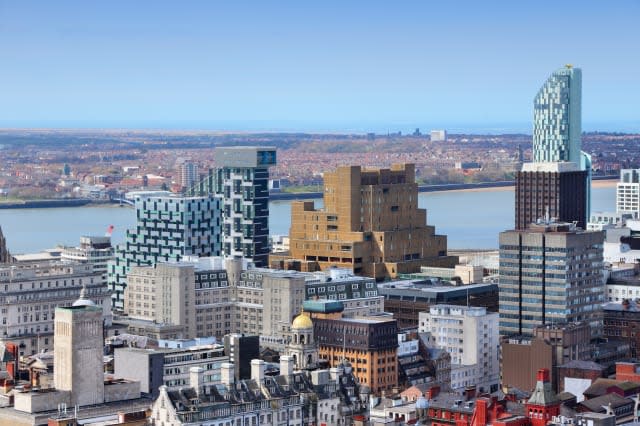Do you live in one of the UK's hotbeds of inequality?

Inequality is set to be the curse of the modern age. The impact of the financial crisis, the effect of 'austerity' and the fallout from Brexit will all help to drive a wedge between the country's affluent, and those who feel they have been left behind - and this is just the beginning.
See also: Average household facing £5,000 yearly drop in living standards, report says
See also: Strong link of suicidal behaviour to socio-economic disadvantage, say Samaritans
See also: Britain facing 'worst of both worlds on living standards'
The Institute of Fiscal Studies has warned that the growing gap between rich and poor is only going to get bigger. As welfare cuts bite and earnings growth slows, the poorest 15% of society will see their incomes collapse - with low income families hit particularly hard.
The study, for the What Works Centre for Wellbeing, by the New Economics Foundation, measured 'wellbeing inequality', and found some areas already have an alarming gulf between those who are struggling, and those who feel satisfied with life.
Most unequal
1. Blaenau Gwent
2. Liverpool
3. Neath Port Talbot
4. Merthyr Tydfil
5. Knowsley
6. Sunderland
7. Rotherham
8. Kingston Upon Hull
9. Inverclyde
10. North Ayrshire
It found that the most unequal places tended to be those with an industrial heritage, where significant chunks of industry have closed. The North East and the Welsh Valleys feature a number of times in the list.
They also tend to feature in the lists of the least affluent places in the UK, but we feel comparative poverty far more keenly than absolute poverty. The cruelty of places with wellbeing inequality is that people can see how their neighbours are prospering while they struggle, and they can't help but feel they are being left behind.
The research also suggests that areas with the biggest overall differences in wellbeing were more likely to vote to leave the EU. The relationship between the referendum vote last July and the levels of inequality was significant, even after researchers controlled for other variables including median income, income inequality, unemployment levels, education levels and ethnicity.
Annie Quick, Inequality & Wellbeing Lead at the New Economics Foundation, said: "This research shows the deep divides in communities, with some people's experiences falling far short of the life they want to lead, while others flourish. Understanding these inequalities is the first step towards taking action."
The future
The concern is that in future, this gap is only going to get bigger. When you consider the booming sectors of the 21st century, things like fintech, artificial intelligence, and the engines of the gig economy spring to mind. They don't bode well for those who are already struggling.
The major growth stories of this century aren't huge businesses employing thousands of people, they are small technological companies, powered by algorithms, and employing a handful of highly skilled individuals. It's why so many people embedded in this world think that the future will have to involve mass re-education or mass benefits.
There is, however, a glimmer of hope in the figures, as the same study highlighted areas with a far smaller gap of wellbeing inequality.
Most equal
1. Enfield
2. Cheshire East
3. Harrow
4. Eileen Siar, Orkney and Shetland
5. Warwickshire
6. Wokingham
7. Falkirk
8. Lambeth
9. Aberdeenshire
10. Barnet
Nancy Hey, Director of the What Works Centre for Wellbeing, said: "The evidence shows us that large differences in wellbeing is not inevitable. We are going to be looking for more clues as to what local authorities can do to understand and reduce the gap in upcoming research."
But what do you think? is there anything to be done, or will we see a future where all the wealth is concentrated in the hands of a few billionaires and the rest of us are struggling to make ends meet? Let us know in the comments.




